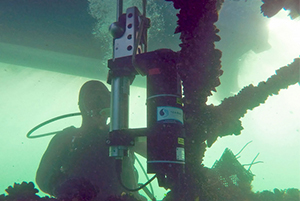How long can you really trust your sensor to sip energy from its batteries? Properly selecting the right sample interval must strike a balance between a high-resolution dataset and a complete time-series. After some quick calculations, we’ve found the optimal sample...









